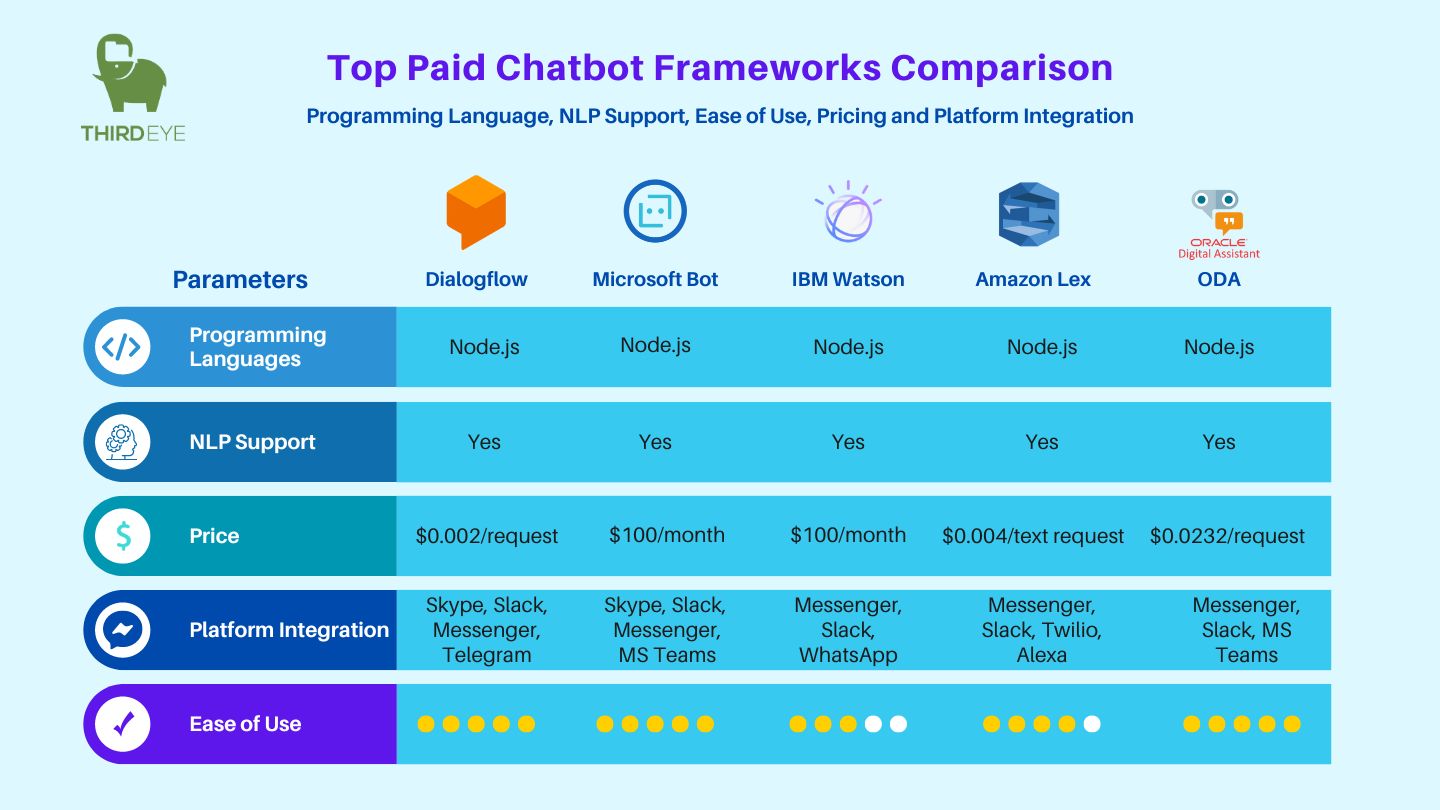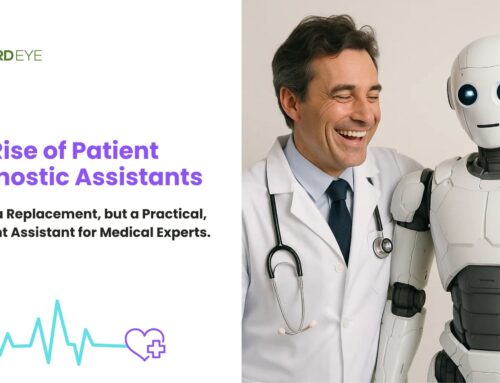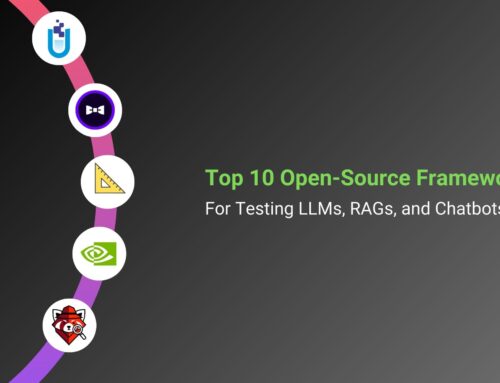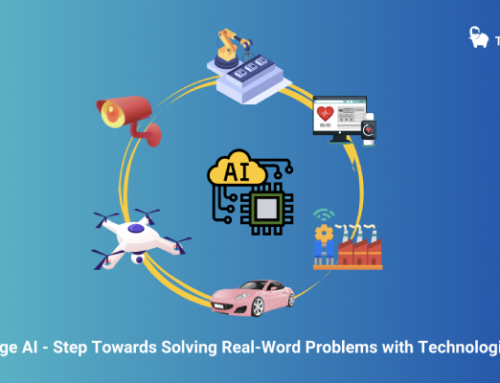Top Chatbot Development Frameworks You Should Know – Exploring Paid Solutions (Part 1) – Updated 2023
Chatbots are automated systems for replicating human behavior during communication through text or voice chats. Generally, businesses get lots of customer requests and queries on a daily basis, and handling all of them at once is a tedious task. So, for handling such a huge amount of requests on a daily basis chatbot is a viable option. Nowadays, many companies are deploying chatbots on their websites to communicate with their customers on a real-time basis.
One of the quote regarding future prospects of chatbot is shared below:
“80% of the business to customer communication is going to be done through bot messengers within next three to five years”
– MIKAEL YANG (MANYCHAT)
Some of interesting statistics regarding usage of chatbots are as follows:
- By 2024, the global chatbot market is expected to reach $9.4 billion. (MarketsandMarkets)
- In 2020, the most popular use cases for chatbots were customer service (64%) and sales/marketing (15%). (Statista)
- 69% of consumers prefer chatbots for quick communication with brands. (Salesforce)
- By 2022, chatbots are expected to help businesses save over $8 billion per year. (Juniper Research)
- 37% of people in the US would use a chatbot to get a quick answer in an emergency. (LivePerson)
- 56% of consumers would rather message a business than call customer service. (Business Insider)
- Chatbots can reduce customer service costs by up to 30%. (IBM)
- 67% of consumers worldwide have used chatbots for customer support in the past year. (Ubisend)
- The average cost per chatbot interaction is less than $1, compared to $6-$16 per phone call for customer support. (Chatbots Magazine)
But the major challenge in using chatbots is that they are generally rule-based which gives the feeling of an automated bot and sometimes people don’t feel satisfied during their interaction. So, for simulating actual human behavior, many chatbot frameworks have been developed recently. In this post, we will discuss about top paid chatbot development frameworks on the basis of the level of imitating human behavior, their integration with different channels, ease of use, programming language support, and pricing.
Below is the summarized details of top paid chatbot development frameworks so that you can choose as per your needs.
Top Paid Chatbot Frameworks Comparison 2023
Each of these chatbot frameworks has its strengths and weaknesses, and the best option for you will depend on your specific needs and use case. It’s important to carefully evaluate each option and consider factors such as pricing, functionality, ease of use, and integrations before making a decision.
| Framework | Programming Language | NLP | Ease Of Use | Price | Integration |
|---|---|---|---|---|---|
| Microsoft Bot Framework | NodeJS, C# | Yes | 100% | 100$/month for production workload and 1000$ for business-critical applications | Skype, Slack, FB Messenger, MS Teams, Website |
| Google’s Dialogflow | NodeJS | Yes | 100% | $20 per 100 chat sessions | Skype, Slack, FB Messenger, Alexa, Google Assistant, Website, Telegram, Twilio, Viber |
| IBM Watson | NodeJS, C++ | Yes | 70% | $100 per month for 10,000 API calls | FB Messenger, Slack, WordPress site |
| Amazon Lex | NodeJS, Ruby | Yes | 80% | $0.004 per text request and $0.0075 per voice request | FB Messenger, Slack, Twilio |
| Oracle Digital Assistant | NodeJS | Yes | 100% | $0.0232 per request with flexible model | Facebook Messenger, Slack, and Microsoft Teams |
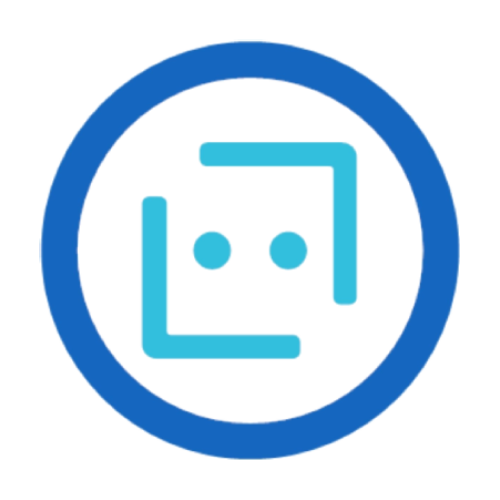 Microsoft Bot Framework
Microsoft Bot Framework
Microsoft Bot Framework provides a set of services, tools, and SDKs that helps developers in building a rich conversational chatbot. Some of the key benefits of the frameworks are listed below:
1. It helps in creating a bot with the ability to speak, listen, understand, and learn from users with MS Azure Cognitive services.
2. It is very user friendly to the developers.
3. It also supports multiple languages which makes it a competing chatbot solution worldwide.
4. Another advantage of the framework is that its chatbot has the capability to understand speech using their machine learning-based speech to text service named LUIS
Microsoft bot framework is a viable option for you if you like to use Microsoft services as it provides integration with almost all of the Microsoft services such as Cortana, Skype, MS Teams, etc. Some of the downside of the framework is that developers have to choose either NodeJS or C# for development or customizing their chatbot and it requires too much coding even for building a basic functioning chatbot. Another drawback is that most of the robust features are available within Microsoft toolset. Apart from that Azure documentation regarding bot framework require improvements.
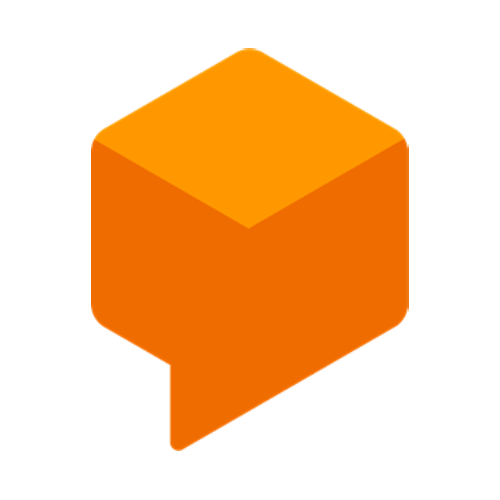 Google’s DialogFlow
Google’s DialogFlow
DialogFlow is the product of Google for building custom chatbot solutions. Its standard edition is free to use, but if you require to handle lots of queries on a daily basis then you have to switch to their paid plans. Following are the benefits of DialogFlow:
1. It’s chatbot solution supports both voice based and text based assistants
2. Very easy framework for developing chatbot, even beginners can build chatbot with ease
3. One of the best feature of dialogflow is that it offers 33 pre-built agents already trained on different knowledge domain for basic tasks means what you have to do is to customize it as per your needs.
4. It supports more than 20 languages all over the world
5. It offers sentiment analysis for every query raised by user. This is one of USPs of dialogflow
6. It provides small talk functionality which comes pre-programmed for basic remarks made in almost every conversation which helps in emulating autentic human interaction.
7. It also offers live analytics reports means once your chatbot is deployed you can see how your chatbot is performing.
8. It also supports Internet of Things (IOT) integration for home automation
Now, some of the drawbacks of dialogflow are that if you have a limited number of intents for a basic application then it’s a good solution but if you have a requirement of advanced application with larger number of intents and complex conversation flow then it will be messy which results in misunderstanding the user requests. Another drawback is that it has the limitation to handle synonyms and hyponyms which makes the life of developers too difficult it means you have to train the bot for almost all the common synonyms which is practically hectic and time consuming. Apart from that it only supports one webhook per project i.e., you cannot choose multiple webhooks on intent-by-intent basis. The major drawback of dialogflow is that it does not provide live customer support service even for enterprise edition means you have to fill out customer support ticket and wit for their response.
 IBM Watson
IBM Watson
IBM Watson is the most popular chatbot framework as it offers advanced functionality and features for the developers like automated predictive analysis, tone analysis of the user query, visual recognition security, multiple language support etc. It also offers Watson Assistant GUI for non-technical business users for handling queries. One more interesting feature of Watson bot is that it doesn’t collect the data for building bot instead allows developers to use private cloud for storing data, hence maintaining confidentiality and data security. As far as pricing is concerned it comes with wide options like Standard, Plus, Premium and Deploy Anywhere.
The major drawback of watson assistant is that is bit expensive in comparison to Amazon Lex and Google’s Dialogflow. Apart from that its tutorials for building a bot are not appropriate.
 Amazon Lex
Amazon Lex
Amazon Lex is the most advanced chatbot framework as it provides advanced deep learning functionalities of automatic speech recognition (ASR) for converting speech to text, and natural language understanding (NLU) to recognize the intent of the text. It is highly scalable due to integration with AWS Lambda. AWS Lamda is the most advanced server less computing platform as it offers full stack backend infrastructure and code. This gives developers time to focus solely on building the application instead of deployment part. It is the most cost effective chatbot solution as it provides a pay-as-you-go pricing model.
One of the drawbacks of Amazon Lex is that it only supports English language. Apart from that it has a critical process flow for integration with web which makes it quite complex in comparison to other bot frameworks. Another drawback is that its data preparation is also very complex task as mapping of intents and entities is somewhat very critical.
 Oracle Digital Assistant
Oracle Digital Assistant
Oracle Digital Assistant (ODA) is a chatbot development platform that enables businesses to create, deploy, and manage chatbots across multiple channels, including web, mobile, messaging platforms, and voice assistants. Here’s an overview of ODA’s features:
- Visual interface: ODA provides a drag-and-drop interface that makes it easy to create, train, and deploy chatbots without requiring extensive coding skills.
- Natural language understanding: ODA uses natural language understanding (NLU) to enable chatbots to understand and interpret user input accurately.
- Pre-built skills: ODA offers pre-built skills and templates that allow businesses to build chatbots quickly and easily without starting from scratch.
- Multi-channel support: ODA supports multiple channels, including Facebook Messenger, Slack, Alexa, and Google Assistant, allowing businesses to reach users on the platforms they prefer.
- Integration capabilities: ODA offers a range of integration options with other enterprise systems, including Salesforce, Oracle ERP, and other enterprise applications.
- Analytics and reporting: ODA provides robust analytics and reporting features that enable businesses to measure the effectiveness of their chatbots and optimize their performance.
Some of the major drawbacks of Oracle Digital Assistant are as follows:
- Limited customization: While ODA offers pre-built skills and templates that make it easy to create chatbots, customization options may be limited compared to other chatbot frameworks.
- High pricing: ODA’s pricing may be higher compared to other chatbot frameworks, making it less accessible to smaller businesses with limited budgets.
- Learning curve: While ODA is easy to use, there may be a learning curve for those new to the platform or those looking to implement advanced features.
So, as we have discussed about paid chatbot frameworks and in almost all of the above discussed frameworks one common drawback is that you cannot fine tune internal model for customizing your bot i.e., you can only customize as per your needs and have to depend on its capability for the performance. So, if you want to take full control of the chatbot model in terms of fine tuning and don’t want to spend dollars on building chatbot solutions then you should move towards open source chatbot framework.
We hope this post will help you in choosing the appropriate chatbot framework as per your needs. In the next post, we will discuss some open source chatbot frameworks and will compare them with paid chatbot solutions in terms of functionality and capability.


